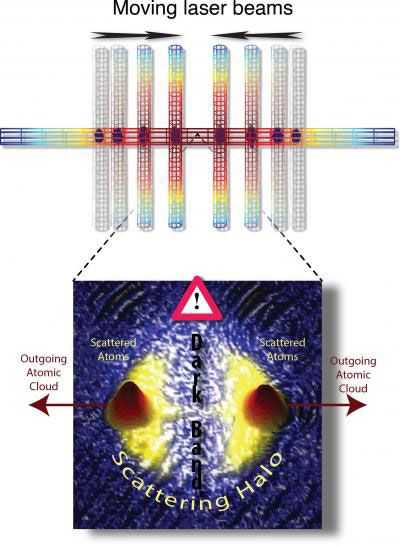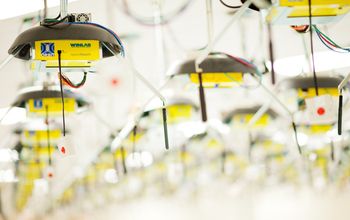Jul 13, 2016
10 Predictions About the Future That Should Scare the Hell Out of You
Posted by Sean Brazell in categories: computing, existential risks, futurism
As far as the whole mind-to-computer thing I totally agree.
The name of the game, for me at least, when it comes to this type of thing is continuity of consciousness. Without that you are nothing more than a copy of another person, not the person themselves. That said, if there were to be a very, very slow process where your natural neurons are replaced by artificial ones, with both types working together seamlessly, THEN I’d be first in line.
The future looks bright, except when it doesn’t. Here are 10 exceptionally regrettable developments we can expect in the coming decades.
Continue reading “10 Predictions About the Future That Should Scare the Hell Out of You” »


















